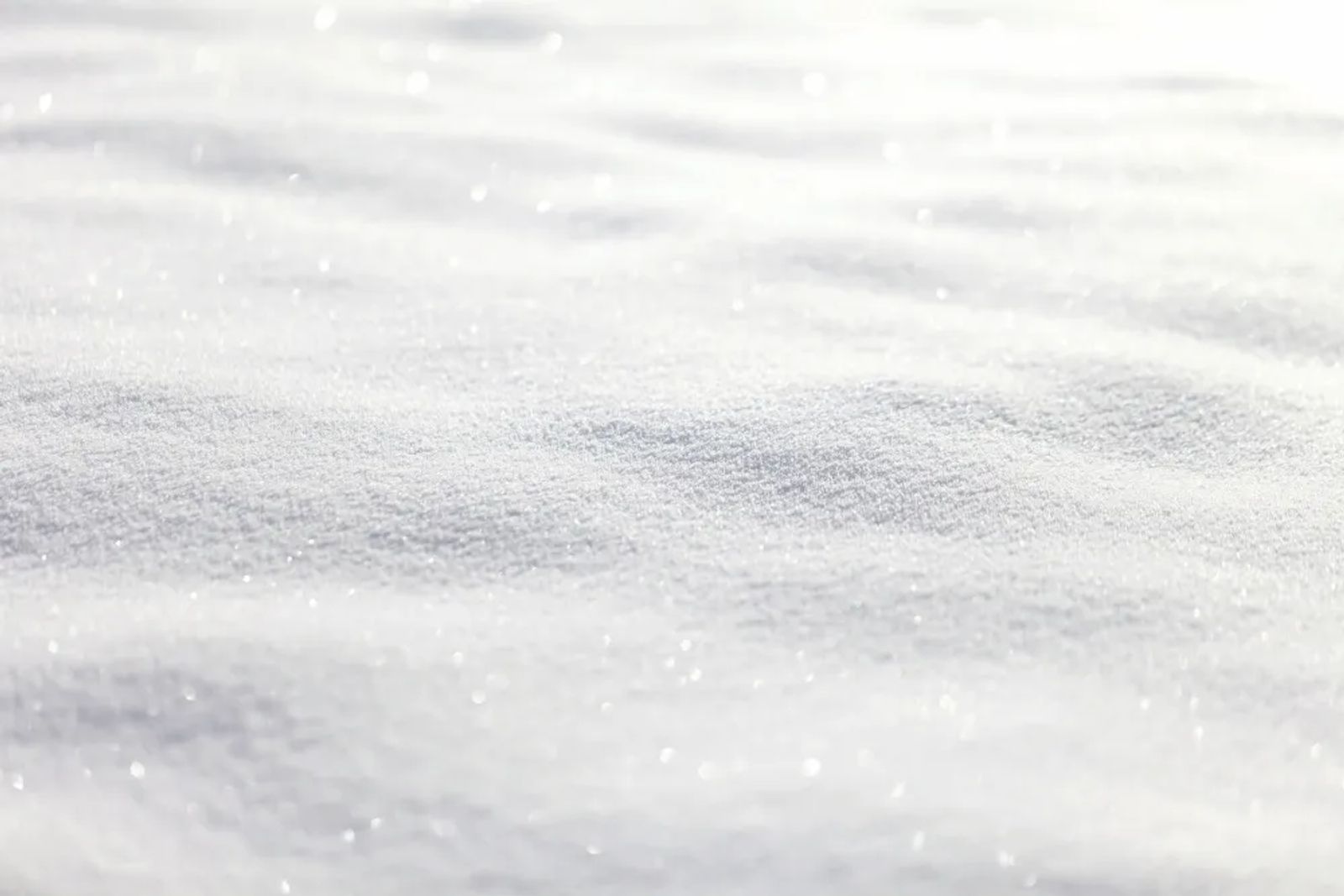
Life Below the Freezing Point
January 2021 | by stephanie hobby
Montana winters are notoriously harsh, and if you're out adventuring, it can feel like you're the only living thing around. But the deceptively barren landscape is actually brimming with life, particularly around bodies of water.
Come spring, you'll see turtles' heads popping through the surface, flashes of fish, and hear frogs singing around the water. But this season, as ice hardens across the water's surface, things are a lot quieter.
Where did everybody go? Turns out, not very far. Suppose you could poke your head through the ice for a cross-sectional look. In that case, you'd see a lot of animals quite literally chilling out at the bottom, muskrat holes around the edges, and fish, still swimming but taking life a little slower.
Heather Bilden is the adult programs coordinator for the Montana Audubon Center in Billings. "Many systems shut down and go into a slower state; in reptiles, we call it brumation, which is similar to hibernation," she said. "Things that are active are under a layer of ice, where you can't easily see them. So there is still life in the ponds, in the sense that there are living organisms in there, but things tend to be going a lot slower or are completely inactive."
Beavers and muskrats are one exception and stay busy all winter. To maintain their relatively high metabolism and body temperature, regular meals are critical. Muskrats dig dens in the soft-soiled banks surrounding the Audubon Center's ponds. In winter, they leave through openings under the ice to look for food. While the water is freezing cold, it's often warmer than the air above. Beavers stash food in their lodges all year, but they do venture out as needed.
Other animals take a more drastic - and fantastically interesting - approach to winter. Many turtles go almost completely dormant, spending the season burrowed into the mud at the bottom of the pond. A lot of them stop using their lungs. In the summer, they need surface air to breathe, but in winter, their oxygen needs drop so dramatically that they can get by passively absorbing it in the water through the skin on their legs, heads, tail, and even reproductive and waste organs.
What happens with frogs and toads is even wilder. You could easily mistake these amphibians for dead in winter; they actually freeze solid. "During this time, the frogs completely shutdown; no heartbeat, no blood flow, no breathing," said Bilden. But bring in a completely frozen solid frog, and it will thaw out and spring back to life. (Seriously.)
It works a little like using salt to keep ice from forming on roads. The frog produces slippery glycerol (like what you add to soap to blow giant bubbles in the backyard), which protects the cells' outer wall. They also make extra glucose, or simple sugars, to fill in the cells in their bodies. In the spaces between the cells, proteins encourage ice crystals to form, which helps draw water out of the cells. With less water and more sugar, the insides of frog cells won't freeze and burst open like a soda can left in the freezer.
Fish stay active in the winter, and cold water offers an important advantage for them because it can hold more oxygen, but there's a deadly caveat. When the ice is thin, and a thick blanket of snow isn't blocking sunlight, plants continue growing and producing oxygen underwater. But if the winter is particularly cold and snowy, and there is no fresh water source, like a spring, running through the pond to add oxygen, fish can suffocate, particularly in shallower ponds. After the winter of 2018, hundreds of dead fish washed up on shores around town.
At the bottom of the food chain, supporting all this life, are insects. They deal with the cold in various ways; some lay eggs and die; others live as nymphs or larvae. In that phase, insects like damselflies have gills so that they can absorb oxygen underwater. Others live as adults under the ice; back swimmers surround themselves with a bubble of air, which replenishes by absorbing oxygen from the water.
Aaaaand action!
So, with everything taking a break, what can you see? Plenty. The Audubon Center regularly takes their students down to the ponds in winter to see evidence of life. "On top of the pond, you have this great canvas of snow that the animal prints can almost dance across, so we look for rabbit, mice, fox, and deer prints," Bilden said. Follow prints backward to see where the animal came from, theorize about what it was doing, where it spent the night, and whether tracks that cross meant the animals saw each other.
In Billings, look for deer, mice, voles, tree squirrels, rabbits, fox, house cats, sometimes coyotes, and skunk tracks. Sometimes you'll find the handprints of raccoons. Occasionally, bobcats and mountain lion tracks can be found, particularly along the river or the Rims. Closer to the mountains, you might be able to see tracks of elk and moose.
You can find excellent track examples online: https://www.mass.gov/doc/identify-animal-tracks/download. Print one off and take it with you on your next outdoor jaunt; have fun!
Originally printed in the January 2021 issue of Simply Local Magazine
Never miss an issue, check out SLM's digital editions here!





